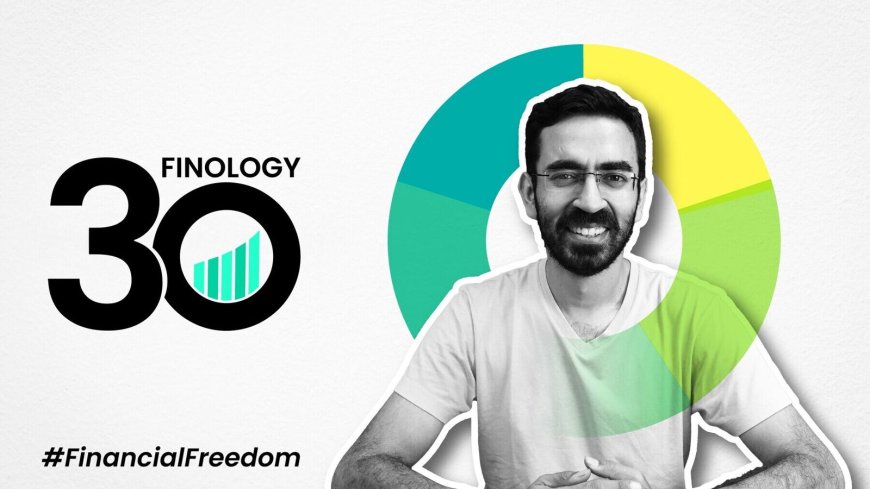Why India's Middle Class Can't Afford a Home Anymore
Explore the reasons why India's middle class is struggling to buy homes in today’s real estate market. Read expert analysis, urban policy trends, and future outlook.

India’s Middle Class Faces an Uphill Battle in Owning a Home
Homeownership, once considered a defining milestone of middle-class success in India, is rapidly slipping out of reach for millions of families. With escalating property prices, stagnant income growth, rising interest rates, and shifting urban priorities, the dream of owning a house has become a formidable challenge for the country’s middle-income population.
Skyrocketing Real Estate Prices and Stagnant Incomes
In cities like Mumbai, Delhi NCR, Bengaluru, and Hyderabad, residential property prices have witnessed an unprecedented surge over the past three years. According to a recent report by Knight Frank India, average property prices in top eight cities rose by 8–12% year-on-year in 2024, outpacing wage growth.
“Real estate prices have recovered strongly post-pandemic, but household incomes haven’t kept pace,” says Anuj Puri, Chairman of ANAROCK Group. “This mismatch is what’s pushing the middle class out of the market.”
For instance, in Mumbai, a 2BHK apartment in a decent suburb now costs ₹1.2–1.5 crore, while in Delhi NCR, similar homes range between ₹80 lakh to ₹1.2 crore. In contrast, the average monthly income of a middle-class salaried family is around ₹60,000–₹90,000, leaving little scope for substantial EMIs after accounting for basic living expenses.
Rising Home Loan EMIs Amid High Interest Rates
Interest rates have also added pressure. The Reserve Bank of India (RBI) has maintained a tight monetary policy stance since 2022 to tame inflation, pushing home loan rates from around 6.5% to over 9%.
“The increase in home loan rates has made borrowing significantly more expensive,” says Shubham Jain, Managing Director at ICRA. “For a ₹50-lakh loan, the EMI has risen by more than ₹6,000 per month compared to 2021 levels.”
As a result, even a modest ₹60–70 lakh home now translates into an EMI of ₹50,000 or more, making it nearly unaffordable without dual incomes or family support.
Limited Supply of Affordable Housing
Affordable housing—the backbone of urban development policies—has also taken a hit. Builders are increasingly focusing on premium and luxury segments, given better margins and rising demand from high-net-worth individuals and NRIs.
“Developers are not incentivized enough to build homes in the ₹30–₹50 lakh range,” explains Ramesh Nair, CEO of Colliers India. “Land and construction costs are high, and compliance costs have increased. This has resulted in a significant supply-demand mismatch in affordable housing.”
Government schemes like PMAY (Pradhan Mantri Awas Yojana) have helped to some extent, but the benefits often bypass the urban middle class due to income eligibility criteria or lack of suitable inventory.
Urban Migration and Infrastructure Gaps
India’s middle class continues to migrate to tier-1 cities for better opportunities, but urban housing infrastructure hasn’t kept up. Congestion, poor last-mile connectivity, and lack of amenities in peripheral areas force homebuyers to consider central locations—where prices are out of reach.
“Most affordable housing is located far from business districts and lacks reliable transport, schools, or hospitals. The quality of life there is compromised,” says Rajani Sinha, Chief Economist, CareEdge Ratings.
Speculative Investments and Wealth Polarization
Another reason for inflated housing prices is speculative buying by investors. In cities like Gurugram and Pune, bulk buying by investors in new launches has created artificial scarcity, inflating prices and reducing access for genuine buyers.
Moreover, wealth inequality is becoming more pronounced. The top 10% of India owns over 77% of the country’s wealth, according to Oxfam. With this cohort investing heavily in real estate as a wealth-preserving tool, middle-income families often find themselves priced out of competition.
Investor Outlook and Policy Interventions
While the housing market remains strong from an investment perspective—especially in premium segments—the broader concern is systemic. Analysts believe India must urgently address the affordability crisis or risk social and economic fallout.
“If homeownership becomes a pipe dream for the middle class, it can impact consumption, urban planning, and intergenerational wealth creation,” warns Deepak Parekh, former Chairman of HDFC.
Policy measures could include increased tax breaks for first-time buyers, improved subsidies, public-private partnerships for affordable housing, and curbs on speculative investment. Urban infrastructure development in tier-2 and tier-3 cities is also seen as a viable long-term solution.
Homeownership is still a deeply aspirational goal in Indian society. But for the average middle-class household, the journey toward that dream is fraught with financial hurdles. As housing becomes a wealth-generation tool for the few, the many are left grappling with high rents, long commutes, and economic uncertainty.
Without bold policy reforms and inclusive urban development, India’s middle class may have to redefine what prosperity looks like in the years to come.
What's Your Reaction?
 Like
0
Like
0
 Dislike
0
Dislike
0
 Love
0
Love
0
 Funny
0
Funny
0
 Angry
0
Angry
0
 Sad
0
Sad
0
 Wow
0
Wow
0













































































